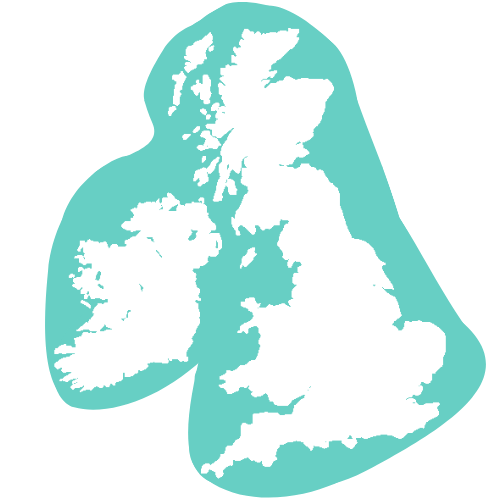
Mussels
Native British blue mussels have a dark, inky-blue shell and can vary in size from a petite 2cm up to about 5cm. Once opened, you can tell the gender of the mussel by the colour of the meat: males are pale, females are orange. Look for rope-grown, rather than dredged mussels. As the name suggests, these are cultivated by dangling a rope into the sea from a buoy or raft, on to which either wild or harvested spat settle. This kind of cultivation is organic, sustainable and has minimal impact on the environment.
Before cooking, discard any mussels which do not tightly close after a sharp tap – the ‘percussion test’. Equally, discard any mussels that do not open on cooking. When cooked, (usually done by steaming), the shells of mussels open, allowing diners to pick out the meat and enjoy the almost seaweed-like seaside taste. Expect an enjoyable chewiness and a pop of briny moisture on the first bite. The most famous recipe for mussels is moules marinière – they also taste delicious poached in Guinness. Mussels are cheap, sustainable, versatile and readily available at both supermarkets and fishmongers.
Adapted from Love Seafood
Stock Status
Mussel stocks levels are currently healthy but the sustainability and impact of fisheries vary across the UK. Look for rope grown mussels which is a low-impact form of aquaculture. Longline farms have minimal impact on the surrounding environment and can provide habitats for other species. For those concerned about the current water quality of UK coastal waters, all mussels undergo a strict purification process before they are sold to the retail market.
Nutritional Information
Mussels are rich in Riboflavin, Niacin, Folate, Biotin, Iron, Zinc and Copper. They are also great sources of lean protein, Omega 3 fatty acids and Vitamin B12.
Distribution






